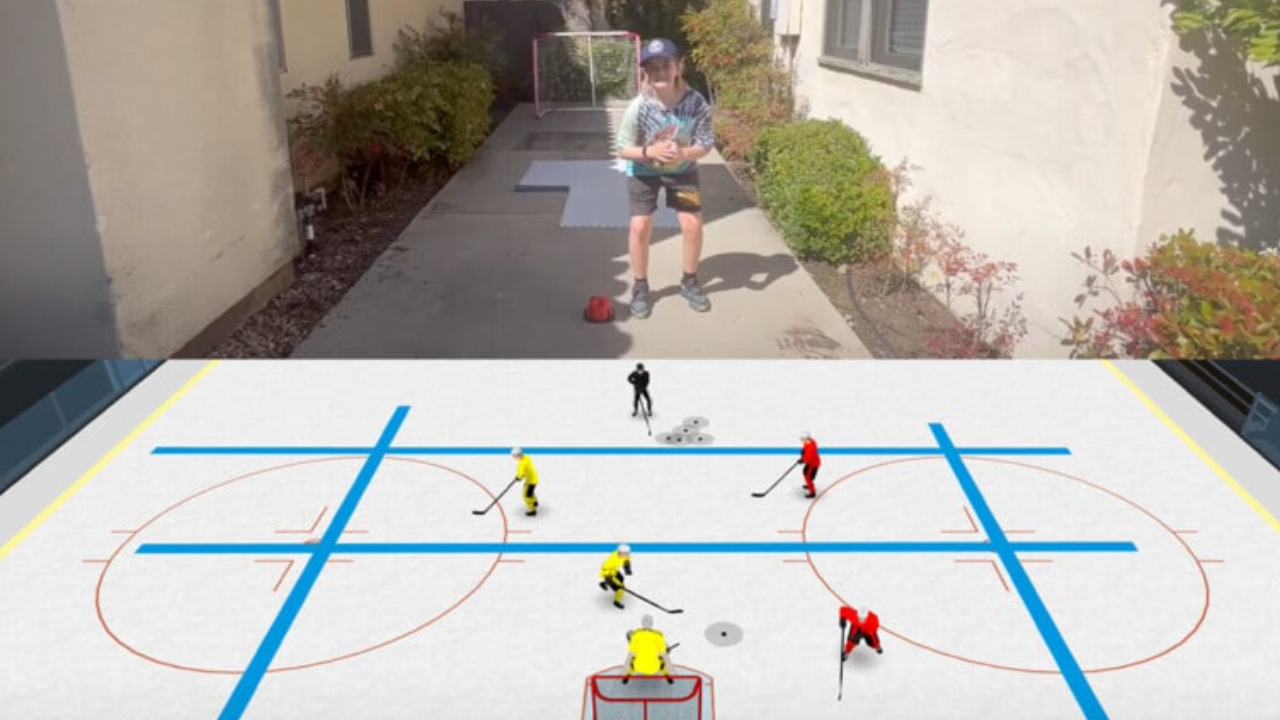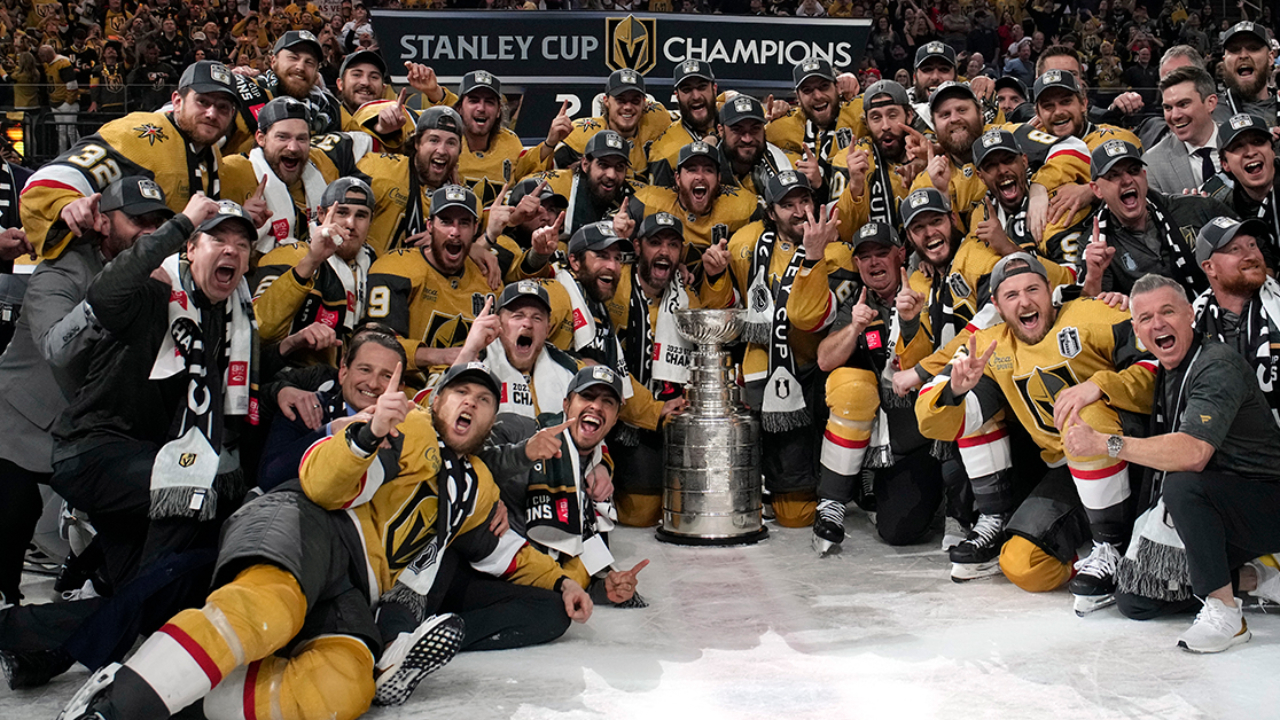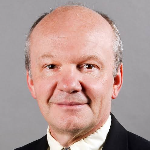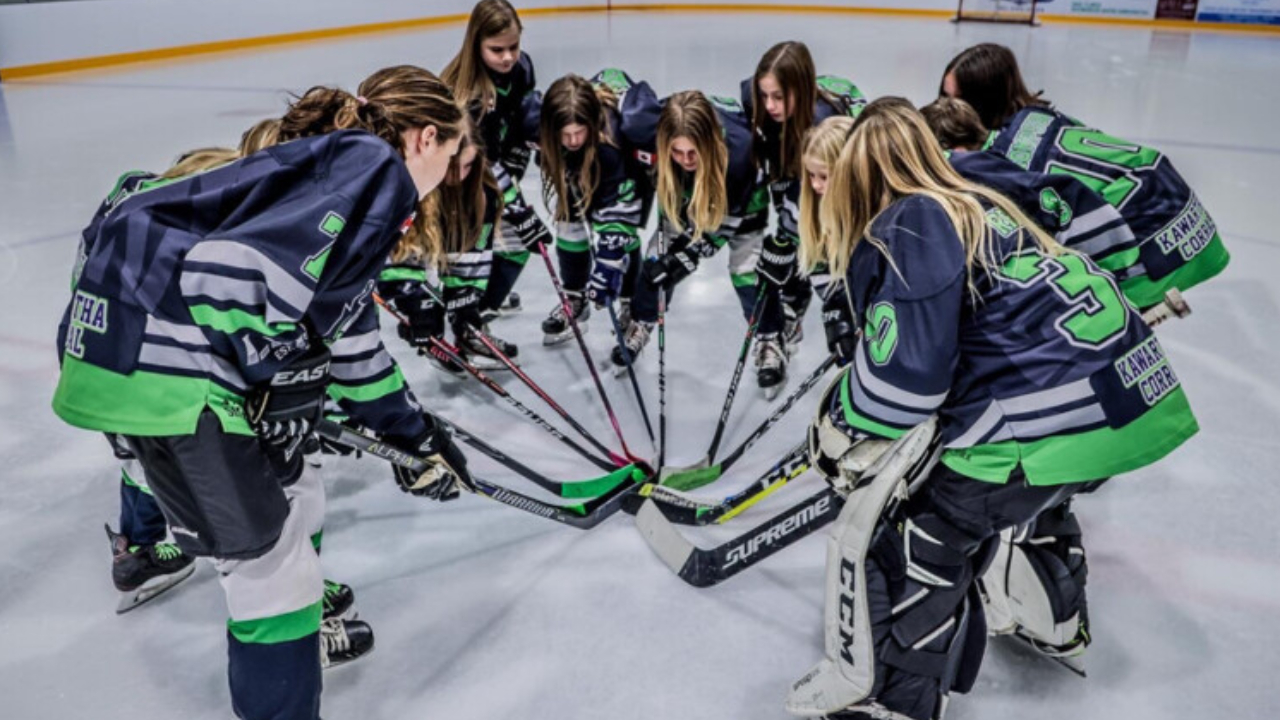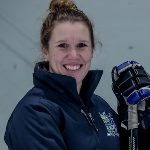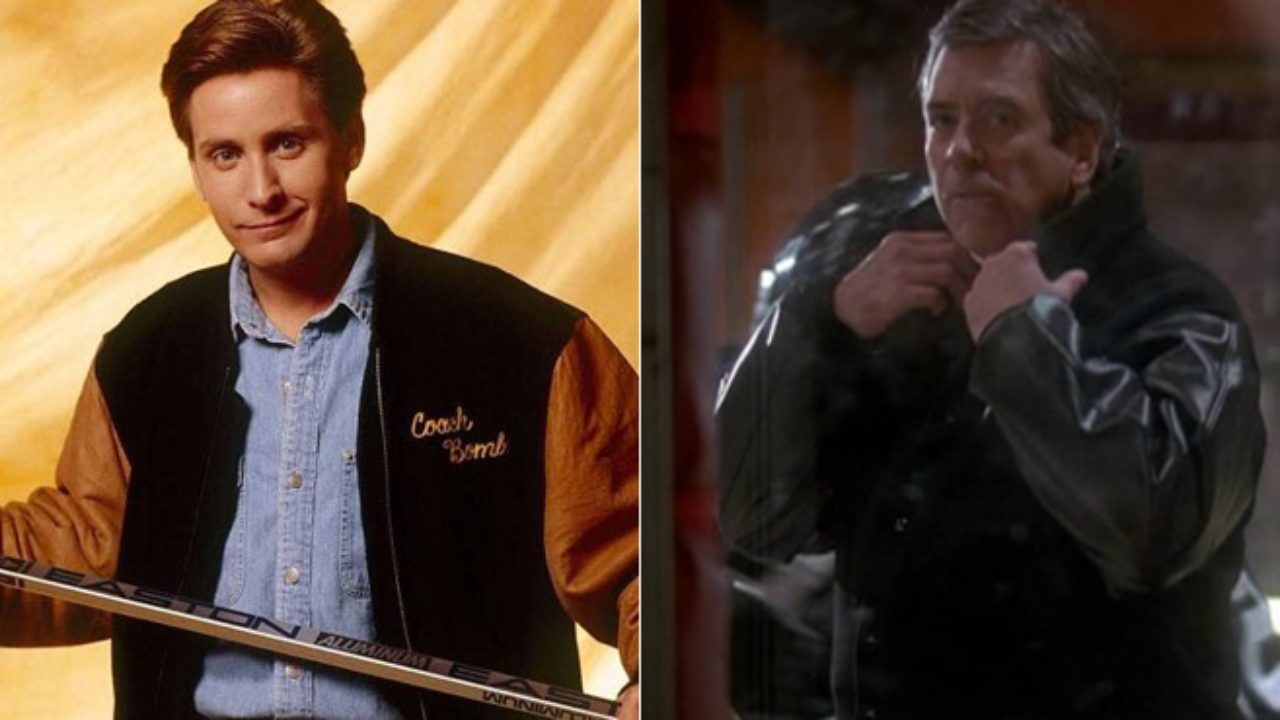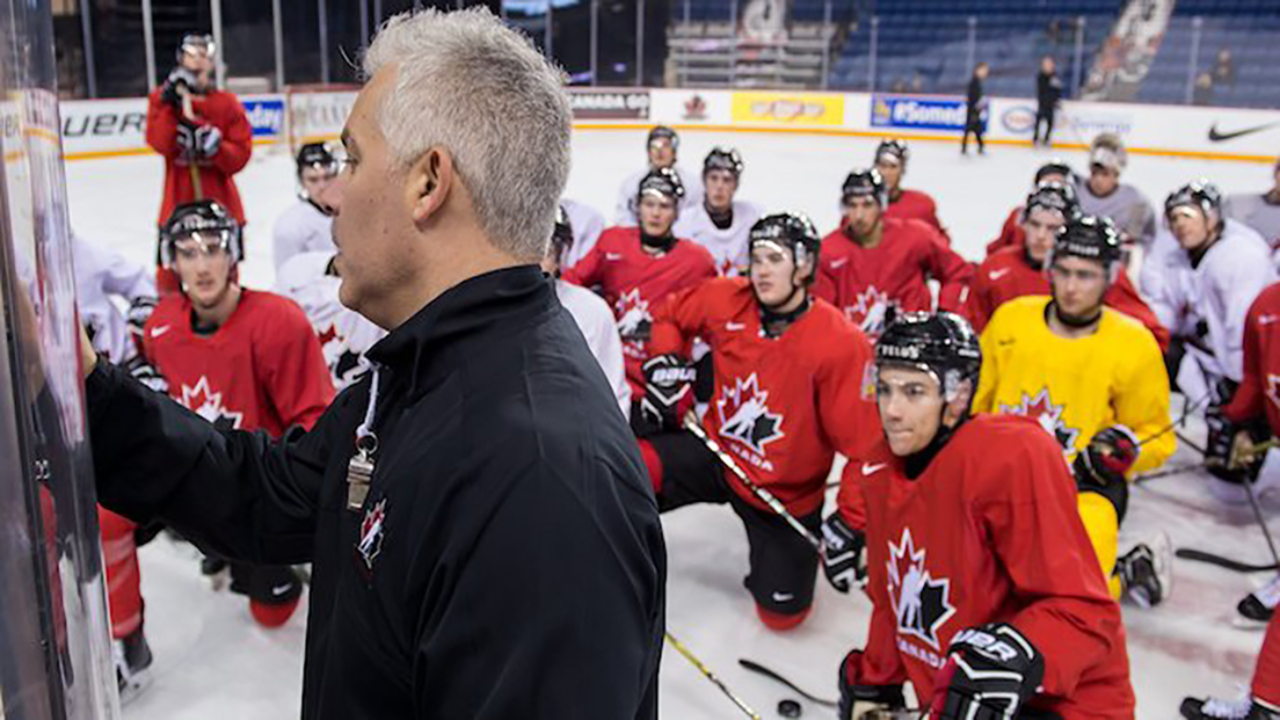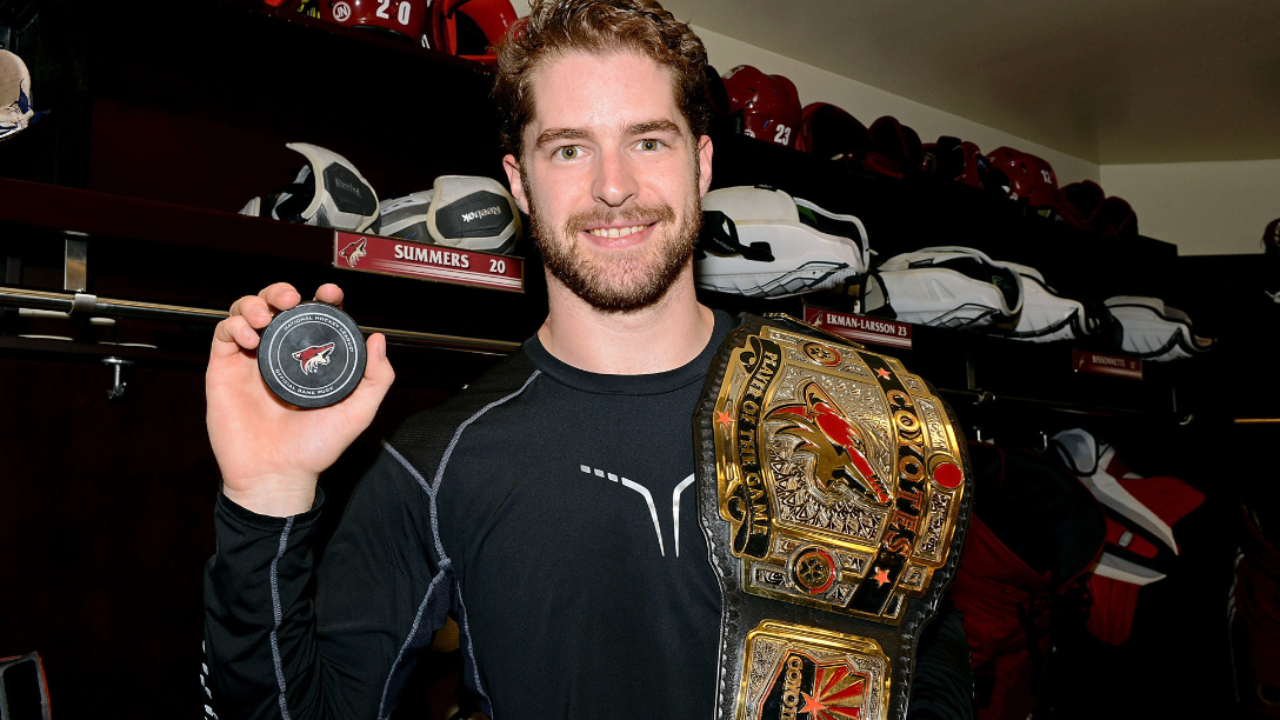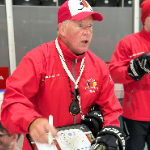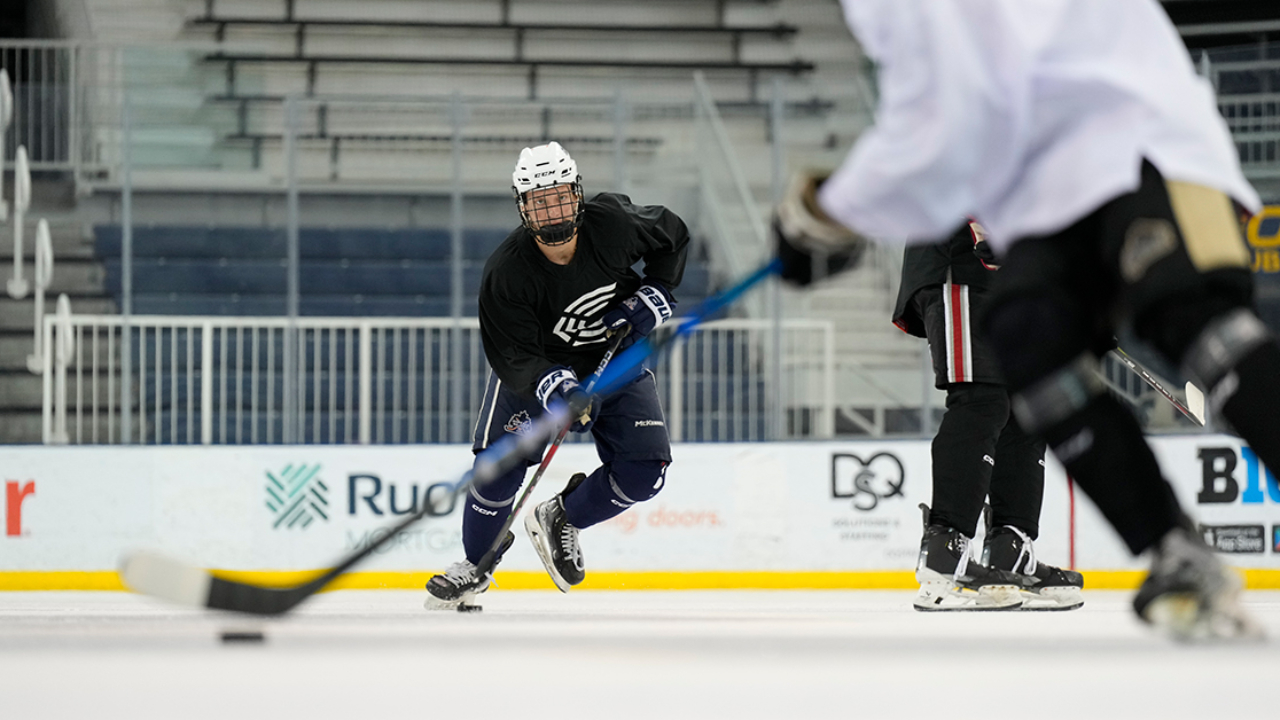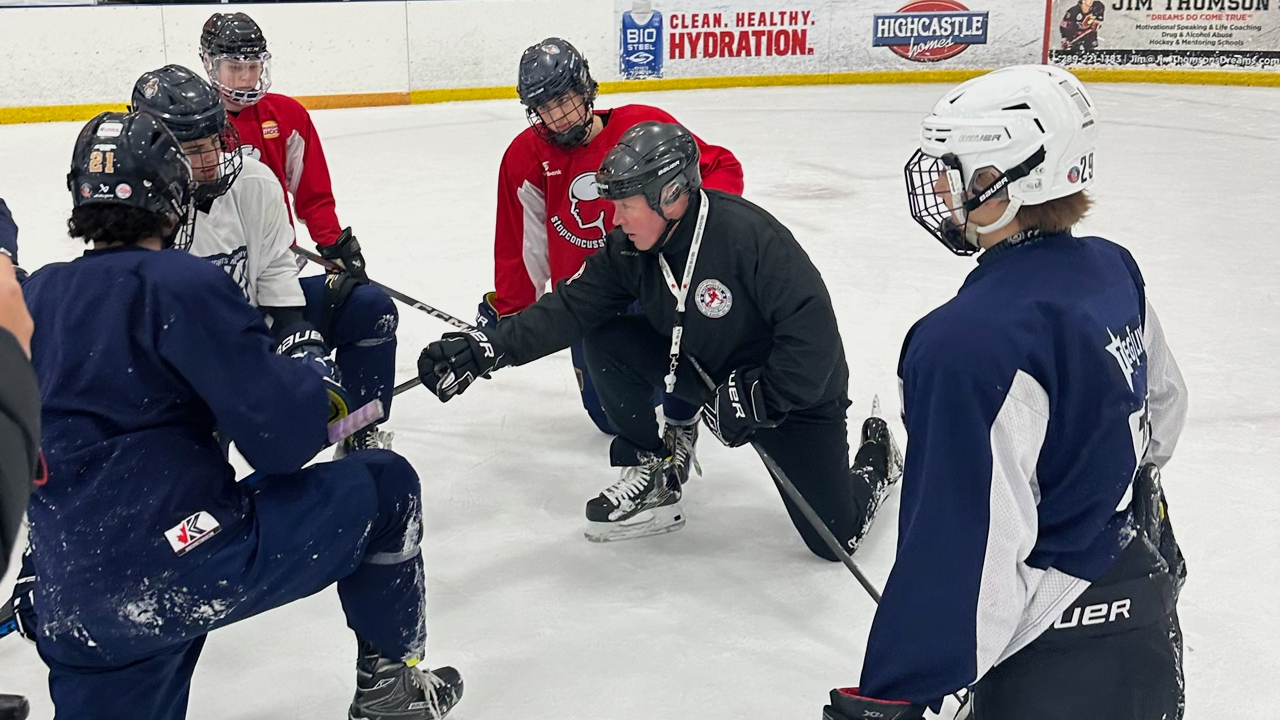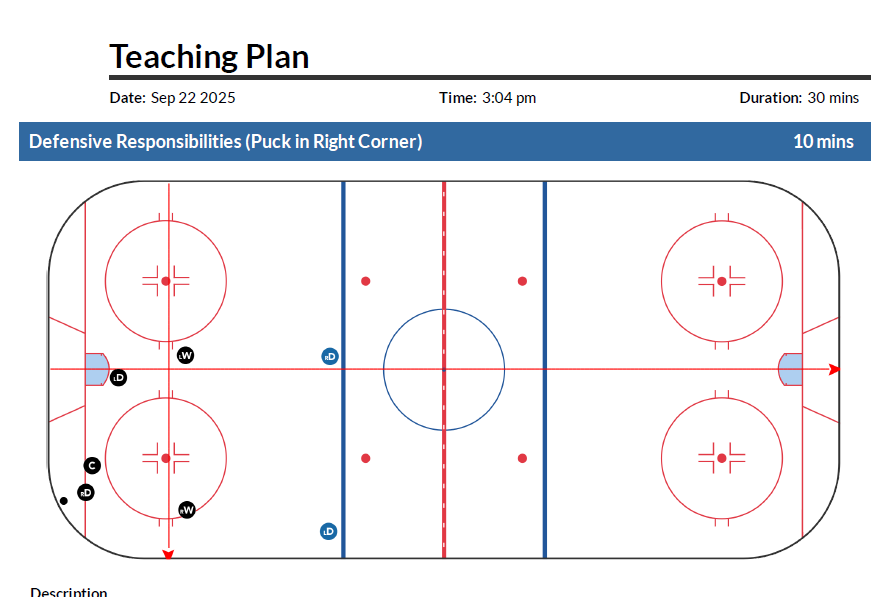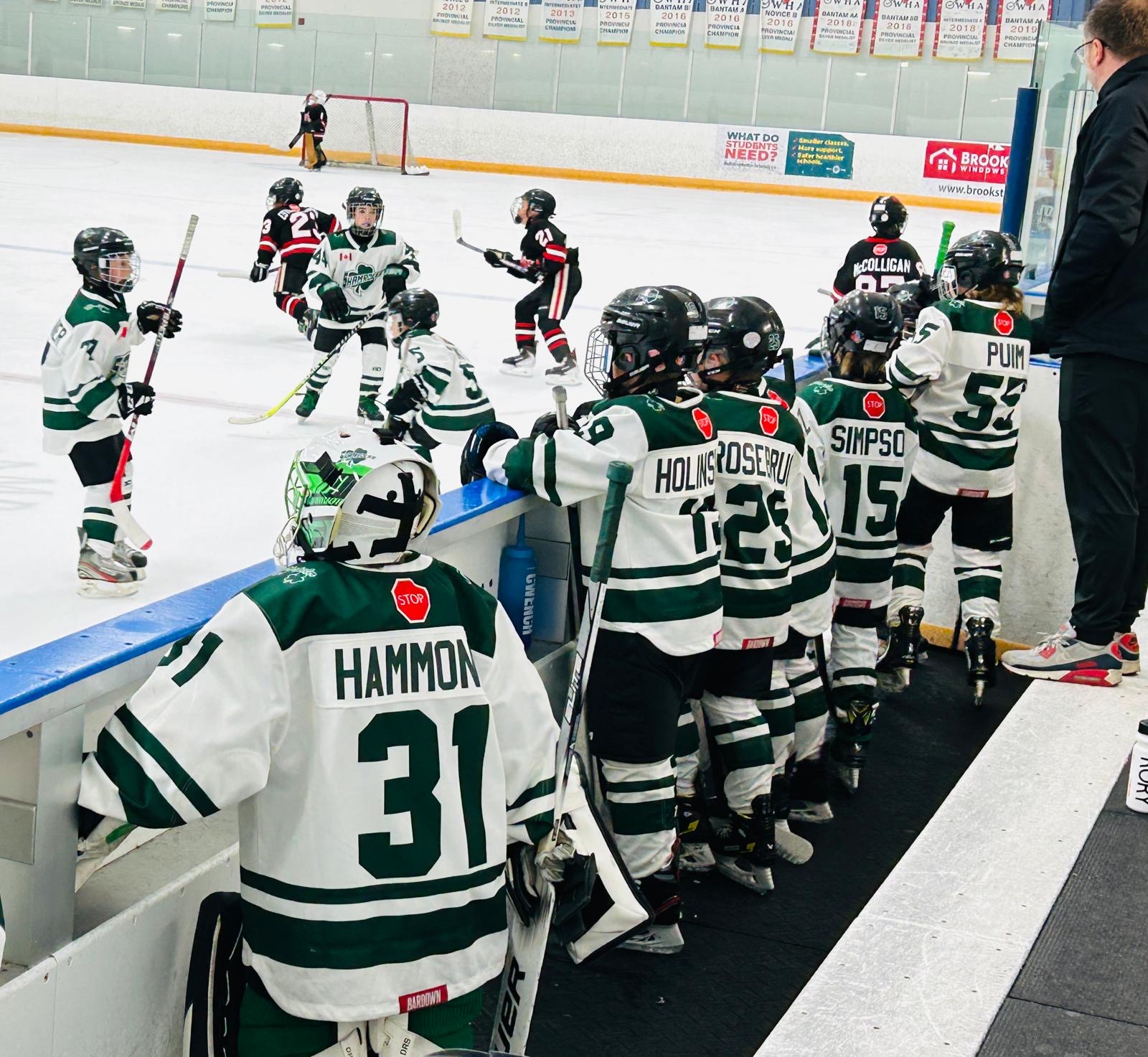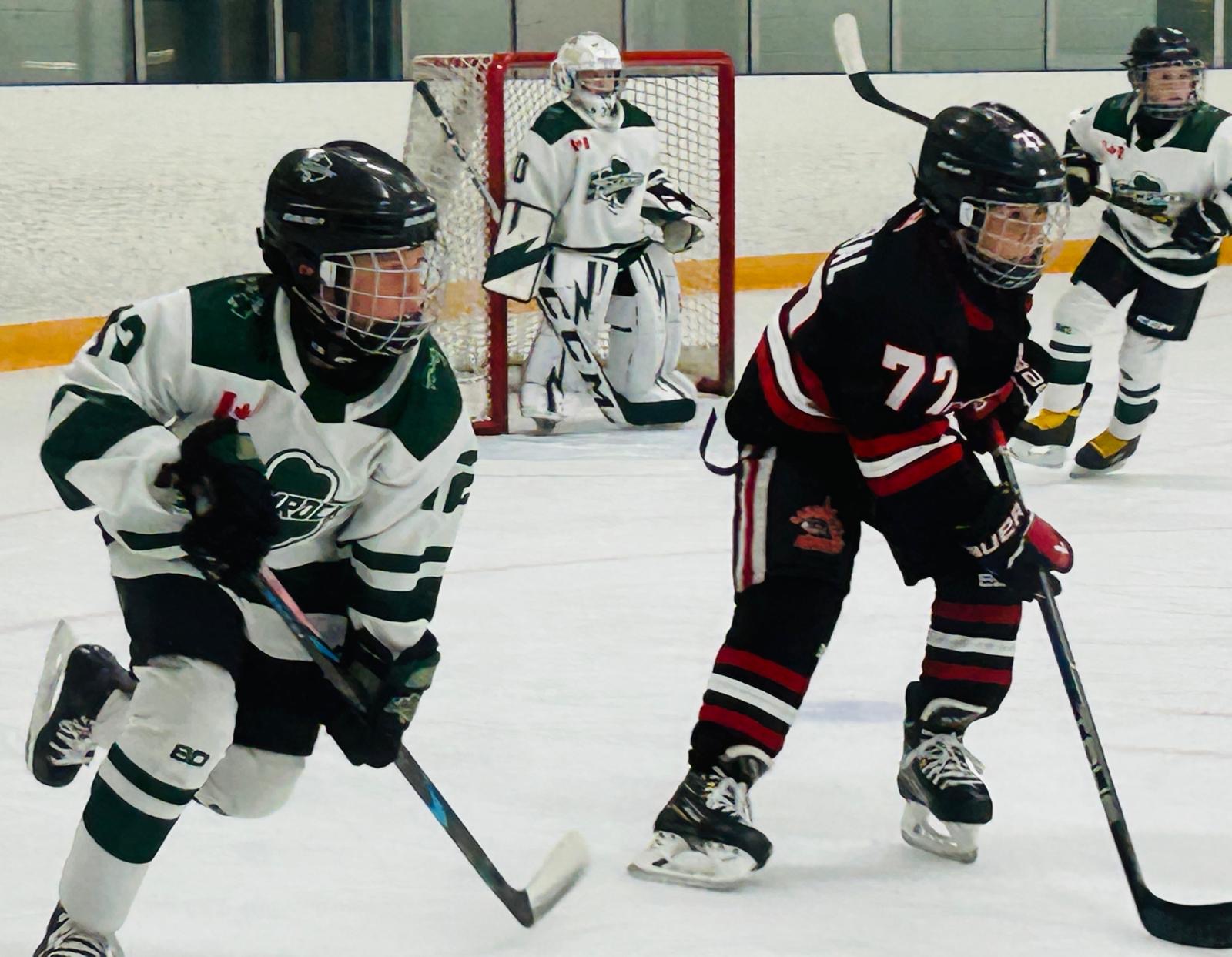
How reframing mistakes as learning moments helped my players think the game and play with confidence.
At the U10 level, mistakes happen every shift — but the way we teach through them can shape how players think for years to come.
When you coach at the U10 level, you quickly realize that mistakes are constant — missed passes, turnovers, blown coverage. It’s easy to get frustrated, but over time I’ve learned something important: mistakes aren’t the problem. How we respond to them is.
Earlier this Pre-season, I decided to take a different approach. Instead of correcting errors immediately or stopping every drill, I started using mistakes as teaching opportunities. I began asking simple questions like, “What did you see there?” or “What could you try next time?”
This small change completely shifted how my players processed the game. They started thinking through situations instead of waiting for direction. The ice became a classroom — one where learning came from experience, not just explanation.
Creating a Safe Space to Fail
For young players, fear can be a major obstacle. Fear of messing up, getting yelled at, or disappointing someone. When players feel that pressure, they stop taking chances. They stop being creative.
Once I made it clear that mistakes were part of learning, everything changed. Players began experimenting more — trying seam passes, skating through traffic, or jumping into open space. Confidence grew because they knew that effort and intention mattered just as much as execution.
When a mistake happens now, we talk about it briefly, then move forward. I’ll say things like, “That’s a great read — next time, look for this option instead.” The feedback stays positive and specific, keeping players focused on learning, not fear of failure.
The Result: Smarter, Braver Hockey
As the Pre-season went on, the difference was noticeable. Players who used to hesitate with the puck began making assertive plays. Our team structure improved because players understood why they were making certain decisions. Most importantly, the bench became a more positive, supportive environment.
At this age, it’s not about perfection — it’s about development. When players feel free to make decisions, test ideas, and learn from outcomes, their hockey IQ grows faster than any drill can teach.
Coaching Takeaway
If you coach at the youth level, challenge yourself to let mistakes breathe. Resist the urge to correct every error right away. Instead, observe, guide with questions, and celebrate good decisions, not just good results.
When players know they have the freedom to fail, they play with more confidence — and confident players learn faster, compete harder, and enjoy the game more.
Coaching through mistakes isn’t just about patience — it’s about building trust, resilience, and long-term hockey sense.
About the Author
Jesse Candela played Junior hockey before spending eight years coaching U Sports football at the University of Waterloo. He has since transitioned his focus back to hockey, where he coaches youth teams and scouts for the Georgetown Raiders (OJHL). His long-term goal is to continue growing as a coach and eventually move into a Junior coaching or player development role.

